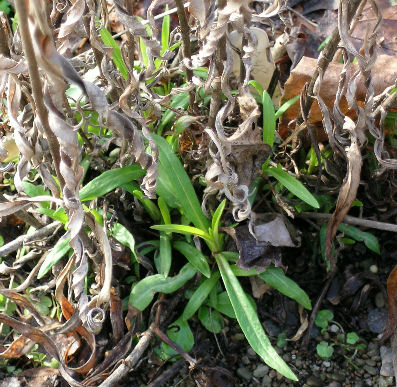Moss phlox are the earliest of the species to bloom. In the Appalachian shale barrens P. subulata begins to flower in early April. Seed is ripe and shed by early summer; germination is delayed until the following spring. New vegetative growth is made during the summer and becomes semi-woody by fall. In the late summer roots grow in the branch nodes of last year’s growth and anchor down the stems of the enlarging phlox mat. Other moss phlox species follow this general pattern, although the tendency to form roots from nodes varies, and bloom times depend on the local climate.
In the eastern woodlands Phlox stolonifera and P. divaricata come into bloom a couple of weeks later than the moss phlox. Seed is ripe and shed in early summer, with germination occurring in spring after one or more winters. P. stolonifera winters as an evergreen leafy mat and sends up flowering shoots 15 to 25cm tall from rooted nodes. During the summer P. stolonifera produces runners 30cm or more long that root down at the leaf axils to produce new plant crowns. P. divaricata winters with tufts of erect evergreen shoots 10-15cm tall and produces upright flowering shoots to about 30cm from these. The foliage, especially fertile shoots, of P. divaricata dies down to a variable degree during the summer, with new growth in late summer. Stems that touch the soil tend to root down at the leaf nodes.
